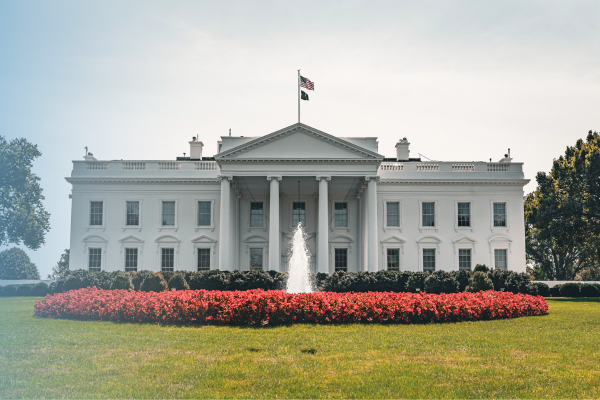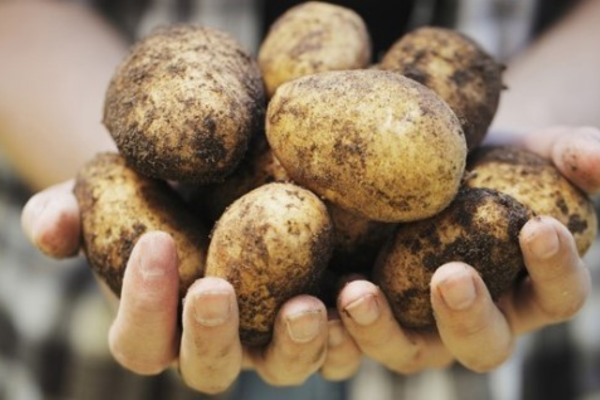Agribusiness News July 2024 – AI: Servant or Master?
1 July 2024Tempting as it was, Bing was not instructed to write 700 words on how “AI will affect Scottish agriculture”. Well, it was asked but the output was somewhat disappointing so what follows is written by a human. So, what is AI (artificial intelligence)?
AI is the science of teaching machines to think for themselves. It is a general-purpose technology. Think of electricity: when invented electricity alone was of little use. But over the following 20 years it spawned many applied technologies that dramatically changed the way we lived and worked.
Already AI can outthink humans in some ways. The potential is exciting and almost boundless. Yet so too is the fear that we are letting loose something that may be uncontrollable. Below is a snapshot of how AI is already impacting agriculture and how this may develop in the longer term.
Helping us farm better
Farmers are already using AI chatbots like Bing to find information. Ask it, for instance, to locate the cheapest price for a specific product and you will in moments get a list. It may include errors, but it is a good way to get the buying process moving.
More exciting, is how AI is helping farmers make better decisions that can cuts costs and/or raise output with knock-on benefits for the environment and animal welfare. Precision farming includes many examples of AI at work. John Deere is capturing data on soil moisture, nutrient levels and plant health to optimise input usage. Blue Rivers Technology, a startup Californian tech company, used deep learning to develop the weed control system called See & Spray™. John Deere bought the company in 2017.
Here, Scottish company Soil Essentials has collaborated to develop a machine (called SKAi) that identifies, and controls weeds in grassland using AI technology. The technology was recently demonstrated at the Ayrshire monitor farm.
For livestock systems, AI is already helping farmers make better decisions. Techion’s FECPAKG2 faecal egg counting system is currently moving to machine counting, resulting in instant reporting and thereby better targeted use of wormers.
Wearable technologies are providing a wealth of data that allows feeding, breeding and health management at the individual animal rather than herd level. While an obvious development for intensive, housed dairying systems, wearables are also revolutionising extensive grazing systems. Several Scottish beef farmers are reporting promising results from virtual fencing tech that controls where cattle graze on an open hill. Environmental organisations are also exploring the habitat management benefits of this technology.
Synthetic biology and AI
Cutting edge as the above examples are, AI is often simply adding speed, accuracy and robots to currently known technologies. The big potential of AI is to be truly transformational: to create things we humans haven’t even thought of. This involves AI exploiting a second revolutionary technology – synthetic biology.
Selective breeding for productive traits like growth is the cornerstone of crop and livestock systems. The decoding of DNA gave scientists access to the building blocks of life and consequently the opportunity to greatly accelerate genetic improvement. CRISPr gene editing allows these building blocks to be modified like computer code, thereby offering the opportunity to add highly beneficial traits to animal or crops genetics.
Combining AI machine learning with raw DNA information increases scientific discovery exponentially. Food production without the need for farming as we know it becomes a distinct possibility.
Challenges and downsides
Exciting as AI is, there are hurdles to its adoption in agriculture. First, as explained it is the technologies that AI underpins that must attract farmers. Many of these are still quite new and expensive, so cost will be a factor. For instance, wearable cattle collars and faecal egg counting involve an upfront capital cost plus an annual subscription thereafter.
Then, because of the digital nature of AI, connectivity (and battery strength) can be an issue. Then there is the question of data management and ownership. A more fundamental barrier to uptake is the level of skills and knowledge in the industry. Some farmers are keen users of information to help make better decisions, but many are not. Of course, AI may well take the farmer completely out of the decision-making loop in many instances.
Many farmers, however, may point to the unreliability of such systems when digital connectivity breaks down. Or the potential for bad actors to manipulate or steal data as an increasing number of ransom cases highlight.
Yet the ultimate concern is fear of developing something far more intelligent than us humans and letting it loose in the genetics toolbox. The jury is out as to whether fail safes can be built into AI technology. The rise of the machines therefore offers great opportunities but also significant threats.
Kev Bevan, 07368 825877
Sign up to the FAS newsletter
Receive updates on news, events and publications from Scotland’s Farm Advisory Service
















